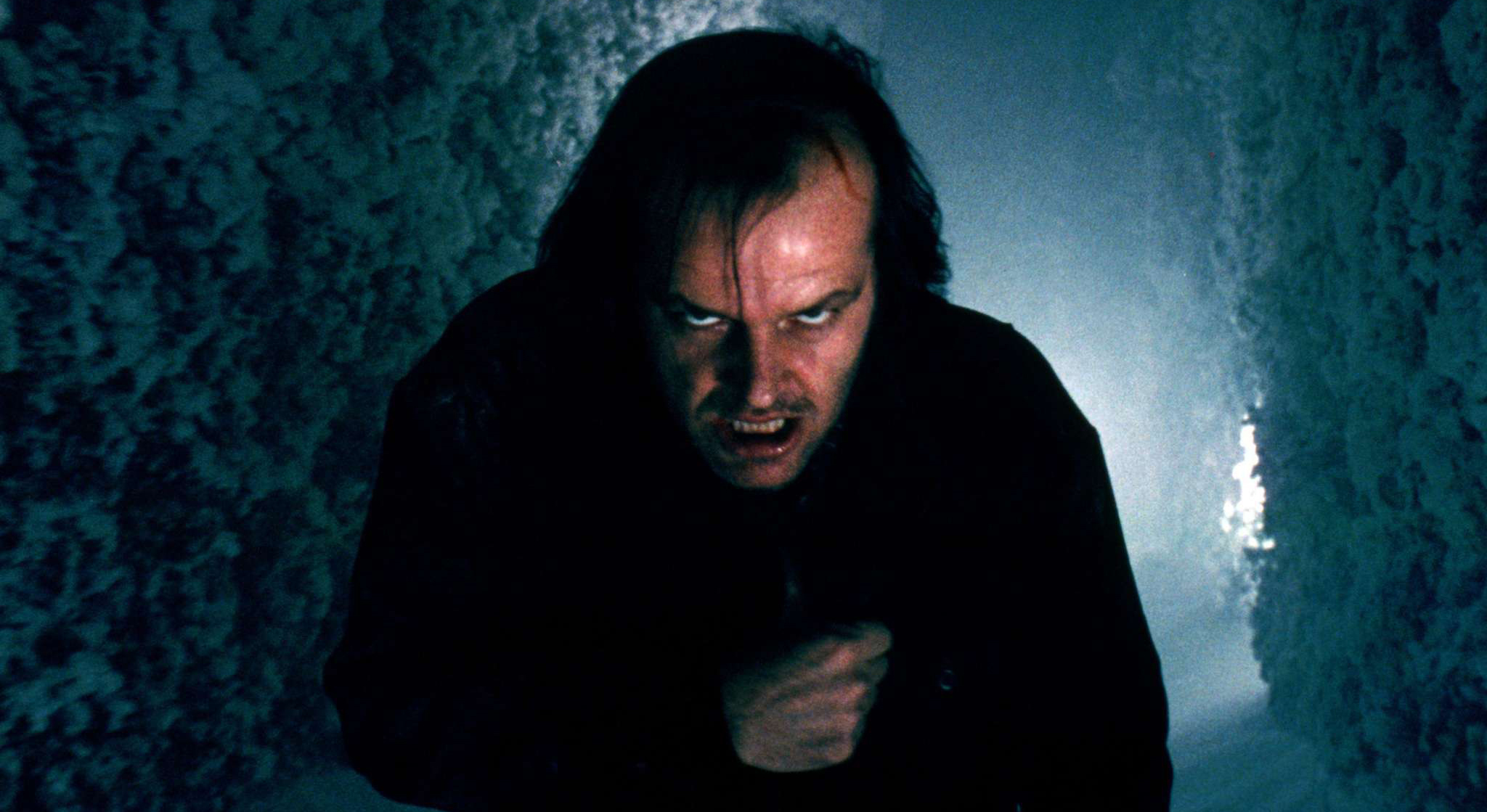One of my all time favorite movies is The Shining, starring Jack Nicholson and directed by Stanley Kubrick in 1980. I can’t recall the first time I watched it, although I know I was still young enough that I had to cover my eyes for the more intense scenes. Regardless, it left an impact on me even at that age; there was something unique and indescribable about it, it was like nothing I had ever seen before, and that’s saying something since I had already watched a lot of horror movies by that time. Over time it has haunted me more and more, as I keep watching it and analyzing it, trying to understand it while appreciating it in new ways. Gradually I’ve started to understand what makes it so special, and why it has become one of my all time favorite movies: its ability to create an atmosphere, the incredibly convincing acting, the haunting soundtrack, the tension and uncertainty created through subtle devices, and of course the plot itself, which is scary in its simplicity.

The opening scene is the perfect example of how Stanley Kubrick creates the unsettling atmosphere of The Shining, from the brass symphony playing heavy, ominous tones, to the swooping shots of wilderness and the long winding road up to the setting of the story, the Overlook Hotel. The visual and audio aspects of the opening work in tandem to create this insane tension, and the actual story hasn’t even begun. Kubrick utilizes music and sounds to emphasize disturbing scenes throughout the movie, and it is interesting when you pay attention to it. The infamous scene of the boy Danny riding his big wheel through the empty halls, as the wheels go from carpet to wood, from silence to a jarring rattling and that keeps you on the edge of the seat. In similar scenes the music will build up, like an insane symphony inside the hotel and the mind of Jack, the main antagonist, and then suddenly cut out with a piercing screech, as something terrifying occurs. I think it is important to note however that these are not jump-scares as you might see in recent horror movies; they are planned out, and don’t lead to chaos, but instead disturbing silence. As important as the sound is in the atmosphere of the film, silence is just important. I find it fascinating how well The Shining pulls this off, better than most horror movies ever have.

The other thing that makes he Shining so unique is the simple story, a descent into madness, but portrayed so well by Jack Nicholson that it is unexpectedly disturbing. Recently I saw the sequel to The Shining, Doctor Sleep, which focuses on Danny as an adult, and in it he returns to the Overlook Hotel where he encounters the ghost of his dad, Jack. This Jack was not played by Jack Nicholson however, and it was so weird to see how different the two actors were. Jack Nicholson dripped with insanity, where this guy seemed so staged and reserved. It made me appreciate just how great Jack Nicholson was in the original role: he committed to the role in such a rare way that made it so convincing, and his mannerisms and tone throughout the movie are so iconic and haunting that you can’t even tell if he is acting.
I could go on for hours talking about all of the small details that make The Shining great, from the symbolism and imagery to the aesthetic of the film and the cinematography, but ‘ll save that for another time. For now, I highly recommend that you go and watch it immediately if you haven’t seen it already. Even if you have, watch it again and pay attention to how Kubrick uses music and sound design to create the unsettling atmosphere of the Overlook, and notice how Jack Nicholson embodies the insanity of Jack Torrance. It is an incredible work of art that stands as one of the highest points in the horror and thriller film genres, and it should be appreciated as such.


